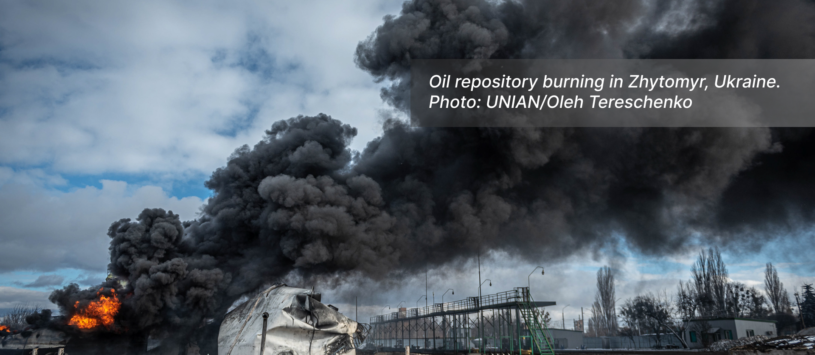April 22, 2024. Earth Day. Amid the ongoing war and all of its attendant crises, sorrows and stresses, Ukraine is a country grappling with severe ecological devastation – often an afterthought of institutional violence.
Russia’s aggression has inflicted a deep wound on Ukraine’s environment. From poisoned air and water due to attacks on industrial facilities, to ravaged landscapes scarred by shelling and bombing, the natural world is a hidden victim of this war. A recent report by the United Nations Environment Programme (UNEP) estimates the war has caused $1 billion in environmental damages in Ukraine so far, threatening not only Ukraine’s future but the health of our entire planet.
War Crimes with Lasting Impacts
Russia’s war crimes go beyond immediate destruction:
- Deliberate targeting of environmental infrastructure – аttacks on water treatment plants and oil refineries have led to widespread contamination of water sources and air pollution.
- Landmine contamination – мillions of landmines laid across some 30% of Ukrainian territory, pose a long-term threat to civilians and wildlife, hindering agricultural production and safe land use.
- Destruction of protected areas – military activity has damaged or destroyed national parks and reserves, jeopardizing unique ecosystems and biodiversity. Around 600,000 hectares of Ukrainian forest has been damaged by the war, some 32% of the country’s total.
- Pollution from toxic waste: over 950,000 tons of waste from destroyed equipment are leaching into the land. For more impact data go to https://mepr.gov.ua/
Environmental Crimes by Russia
Odesa (Black Sea)
Russia’s blockade of Ukrainian ports in 2023 and attacks on maritime vessels threaten a major ecological disaster in the Black Sea. Millions of tons of grain in Ukrainian ports are essential for global food security, and a disruption in their export could lead to shortages and price hikes. Additionally, the risk of sunken ships releasing pollutants like oil and hazardous materials is high, disrupting delicate marine ecosystems and potentially harming fish populations crucial to the Black Sea’s food chain. This environmental damage could have long-lasting consequences, impacting not just Ukraine but the entire Black Sea region. (Source)
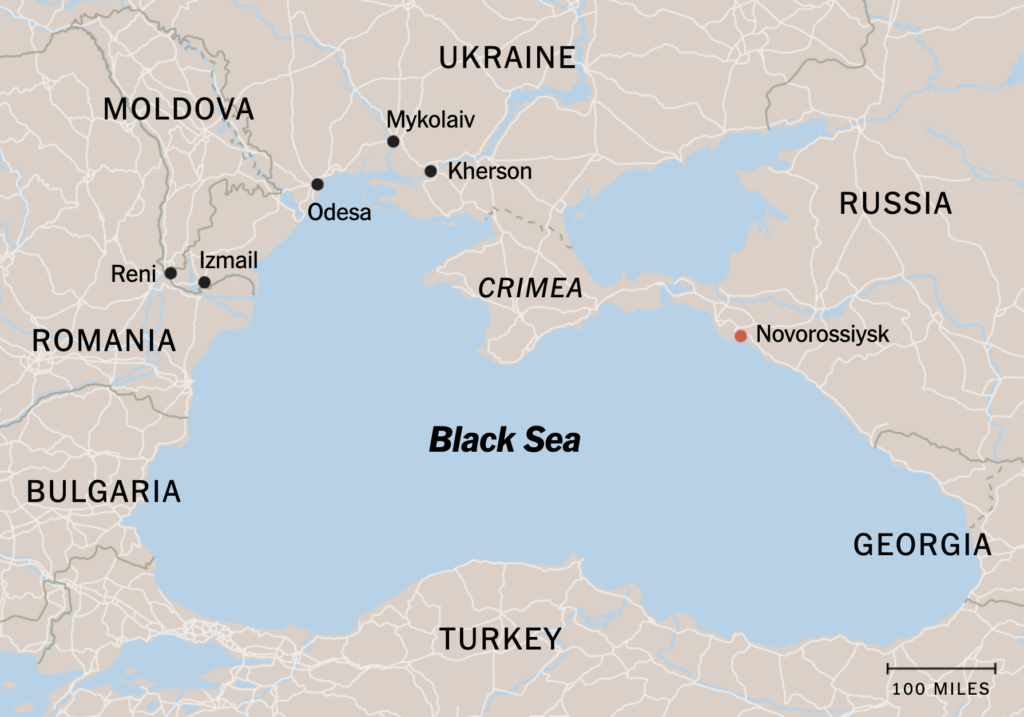
Chornobyl Exclusion Zone
In 2022, Russian forces occupied the Chornobyl Exclusion Zone, including the decommissioned Chornobyl Nuclear Power Plant, raising concerns about potential damage to the fragile containment structures and the release of radioactive materials. While the full extent of the damage is still being assessed, any breach of containment could have catastrophic consequences for Ukraine and surrounding areas. These contemporary concerns compound the nearly 40 year aftermath of the original Chornobyl meltdown, considered the worst nuclear disaster in history. (Source)
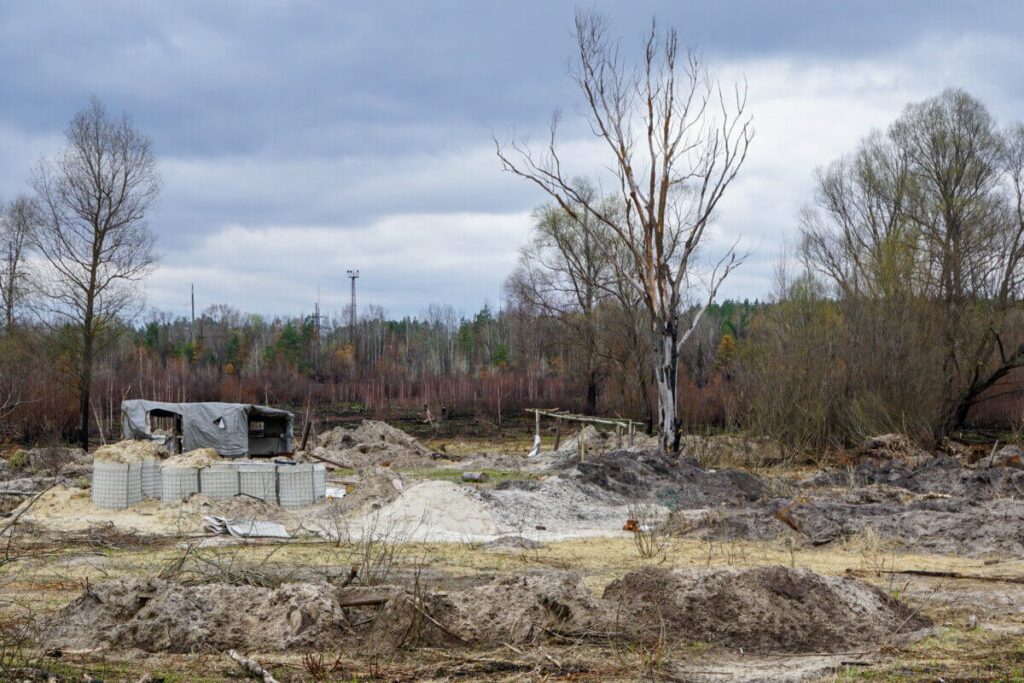
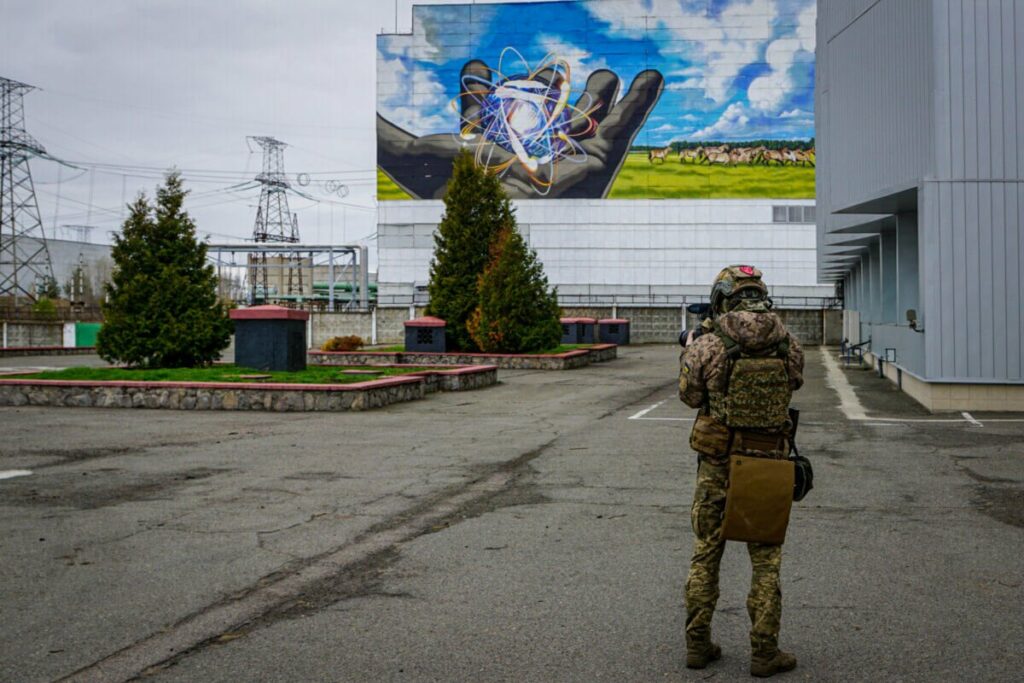
Kakhovka Hydroelectric Dam
Russia’s control over the Kakhovka Dam on the Dnipro River was devastating. In June 2023, an explosion tore through a significant section of the dam (estimated at 85 meters long). The dam break caused catastrophic flooding downstream, inundating over 600 square kilometers of land, including agricultural fields and villages on both sides of the Dnipro River. It’s estimated that tens of thousands of people were forced to evacuate to escape the rising waters. (Source)
The destruction of the Kakhovka Dam also crippled a critical source of hydroelectric power for Ukraine. The dam’s power station generated a significant amount of electricity, and its loss puts additional strain on Ukraine’s already stressed energy grid.
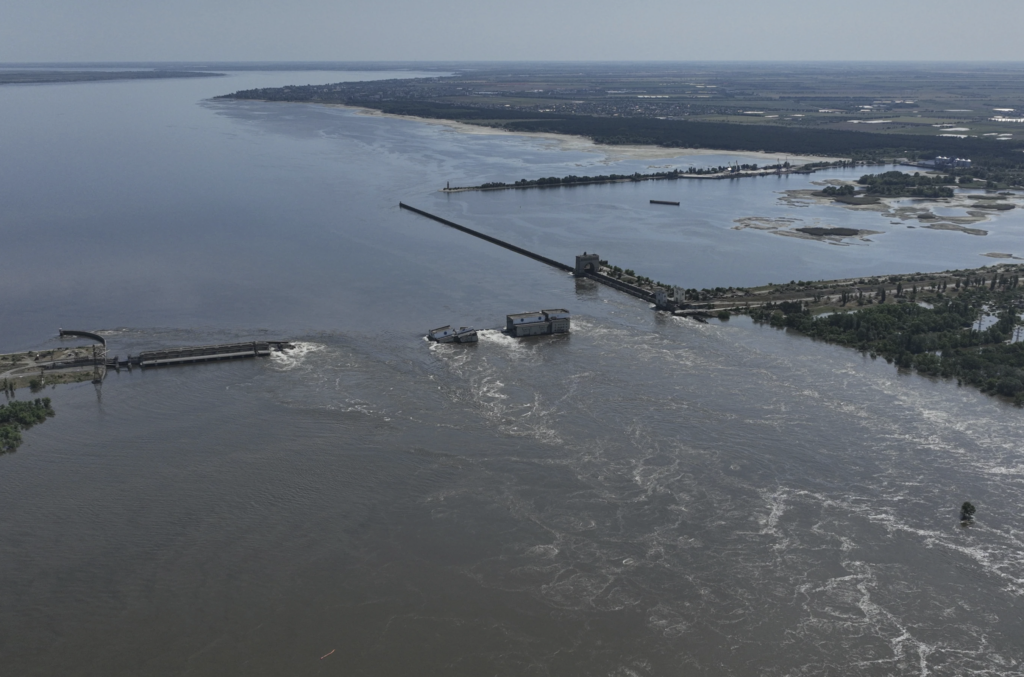
TEC Trypilska
In a recent attack on April 11, 2024, Russian forces launched a barrage of missiles and drones that completely destroyed the Trypilska Thermal Power Plant, according to Ukrainian officials. This attack did not just cause damage, but also severe air pollution from burning coal stores, and it eliminated a critical source of power generation for the Kyiv, Cherkasy, and Zhytomyr regions. (Source)
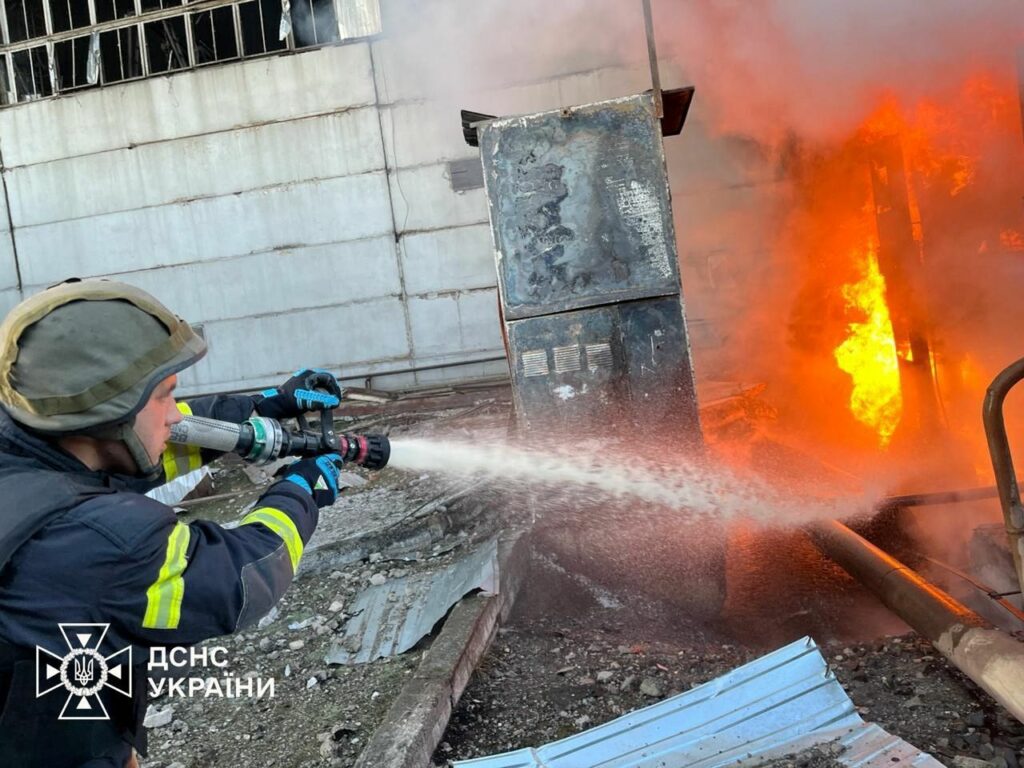
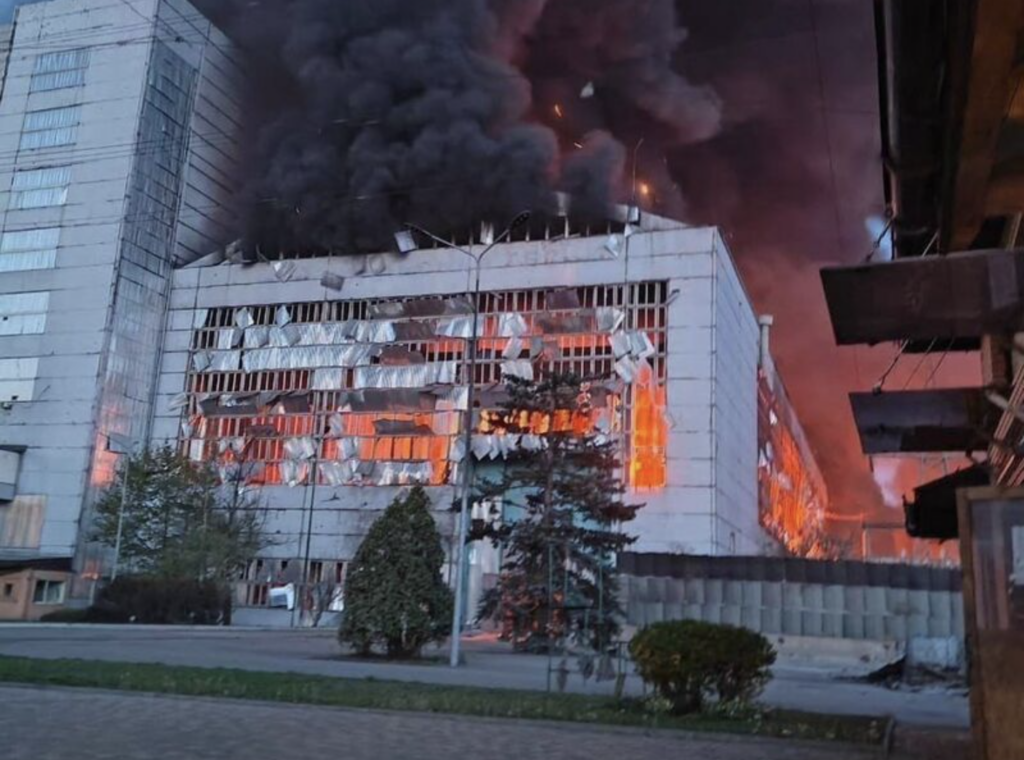
Zaporizhzhia Nuclear Power Plant
Beyond the documented environmental damage, another looming threat hangs over Ukraine: the Zaporizhzhia Nuclear Power Plant, the largest in Europe. Currently under Russian control, the plant has been repeatedly shelled, raising international concerns about a potential nuclear catastrophe. According to CNN, recent shelling of the Zaporizhzhia Nuclear Power Plant on April 7, 2024, damaged a non-reactor building. (Source)
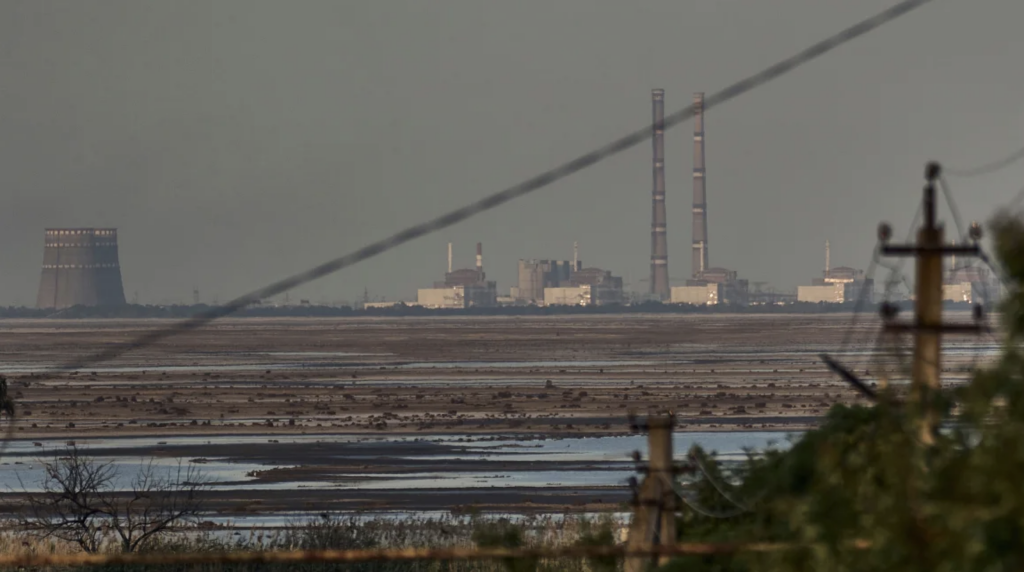
Hope for Renewal: How You Can Help on Earth Day
This Earth Day, we encourage you to stand with Ukraine in its fight for environmental renewal. Here’s how you can make a difference:
Donate: Razom Relief, in collaboration with the EBRD, has launched a fundraising initiative to help communities in liberated areas rebuild their lives and restore their land. Your contribution up to $30,000 will be matched 1:1 by the EBRD, doubling your impact. Funds will be used to:
- Distribute seeds, trees, and fertilizers for agricultural revival.
- Provide small livestock to support families in need.
- Build greenhouses for sustainable food production.
- Repair roofs and windows for war-torn homes.
Learn more: HERE

Donate your vehicle: Another pathway for you to support Razom is vehicle donation. Through our partnership with NCS, donating your car, RV, boat, motorcycle, or another vehicle is an easy, secure, and tax-deductible way to contribute. Please note that while your donation helps support our mission, the vehicle itself will not be sent to Ukraine. However, your generosity will still make a significant impact. It’s not only generous but also sustainable.
Learn more: HERE

Spread Awareness: Share this information with your friends, family and community. The more people who know about the environmental impact of the war, the more support we can generate for Ukraine’s recovery.
Let’s continue to stand with Ukraine and work towards a hopeful future when peace and environmental sustainability can flourish. Together, we can make a difference!

